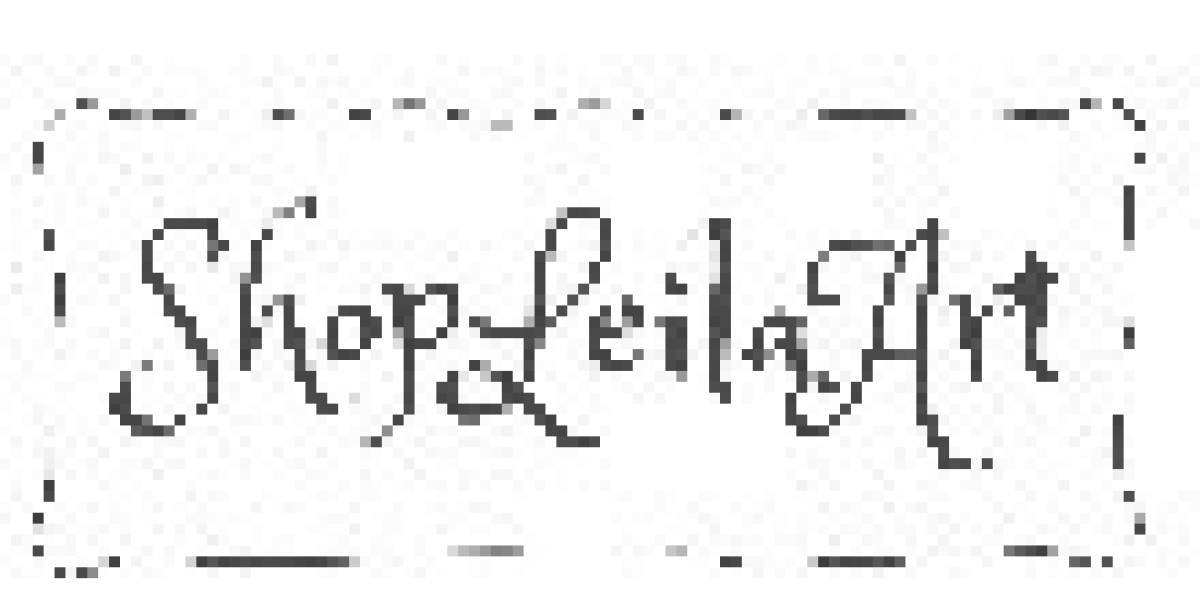The Electrochromic Window Market is transforming the construction and automotive industries with advanced smart glass technology. Electrochromic windows, often referred to as "smart windows," allow users to control the amount of light and heat passing through them by adjusting the tint of the glass. This technology offers significant benefits, including improved energy efficiency, enhanced user comfort, and reduced carbon emissions, making it a vital component in modern building and vehicle designs.
Get FREE Sample Report:
https://www.marketresearchfuture.com/sample_request/10467
Key Market Drivers
- Demand for Energy Efficiency:
Rising energy costs and stringent regulations on building energy consumption have spurred the adoption of electrochromic windows in residential, commercial, and industrial spaces. These windows reduce reliance on heating, ventilation, and air conditioning (HVAC) systems by controlling indoor temperatures naturally. - Growth in Smart Building Technologies:
The increasing focus on smart buildings and green construction is driving demand for advanced materials like electrochromic glass, which integrates seamlessly with automation systems. - Advancements in Materials Science:
Innovations in thin-film coatings and the development of more durable and cost-effective electrochromic materials are enhancing product performance and expanding their applicability. - Automotive Sector Adoption:
Electrochromic windows are being increasingly integrated into luxury and electric vehicles to improve passenger comfort, reduce glare, and enhance energy efficiency by minimizing air conditioning usage. - Government Initiatives:
Incentives and policies promoting energy-efficient technologies are encouraging adoption across both developed and emerging markets.
Applications of Electrochromic Windows
- Buildings and Construction:
Electrochromic windows are widely used in commercial and residential buildings for applications such as skylights, façades, and partitions. They improve occupant comfort while reducing energy consumption. - Automotive:
Used in sunroofs, side windows, and rear windows, electrochromic glass provides adjustable transparency, enhancing passenger comfort and vehicle aesthetics. - Aerospace:
Electrochromic windows are increasingly being incorporated into aircraft for passenger windows, enabling passengers to adjust the tint for optimal lighting without shades. - Healthcare:
Hospitals and medical facilities use electrochromic glass to create adaptable environments that balance privacy and natural light.
Challenges in the Market
- High Initial Costs:
The upfront cost of electrochromic windows remains a challenge, particularly for large-scale deployments in cost-sensitive markets. - Slow Transition Speeds:
While newer technologies are improving the response times of electrochromic windows, earlier iterations faced criticism for being slow to change tint. - Limited Awareness and Adoption:
In some regions, a lack of awareness about the benefits of electrochromic technology has slowed market growth. - Integration Challenges:
Retrofitting electrochromic windows into existing buildings or vehicles requires careful consideration of power sources and control systems, which can complicate installation.
Emerging Trends
- Integration with IoT and Automation:
Electrochromic windows are increasingly integrated with smart home systems, allowing users to control window tint remotely via smartphones or voice assistants. - Customizable Tints:
Advanced products now offer customizable tint levels, providing more flexibility and control over lighting and privacy. - Solar-Powered Electrochromic Windows:
Some manufacturers are developing solar-powered versions, eliminating the need for external power sources. - Wider Color Ranges:
New technologies are expanding the color options for electrochromic glass, enabling greater aesthetic appeal. - Focus on Sustainability:
As global attention on sustainability grows, manufacturers are emphasizing recyclable materials and eco-friendly production processes.
Competitive Landscape
The market is highly competitive, with established players and startups focusing on innovation and collaboration. Major players include:
- SageGlass (a subsidiary of Saint-Gobain)
- View, Inc.
- Gentex Corporation
- AGC Inc.
- Polytronix, Inc.
- Kinestral Technologies
These companies are investing in research and development to improve product performance, reduce costs, and expand their product portfolios.
Future Outlook
The Electrochromic Window Market is poised for substantial growth as advancements in smart materials and increasing awareness about energy-efficient solutions drive adoption. The integration of electrochromic windows in smart cities and sustainable construction projects will further cement their position as a critical technology in the fight against climate change.
As industries and consumers alike prioritize energy conservation, electrochromic windows will play a pivotal role in creating more comfortable, sustainable, and technologically advanced environments.
Get Related Reports:
Two Way Radio Equipment Market
|




